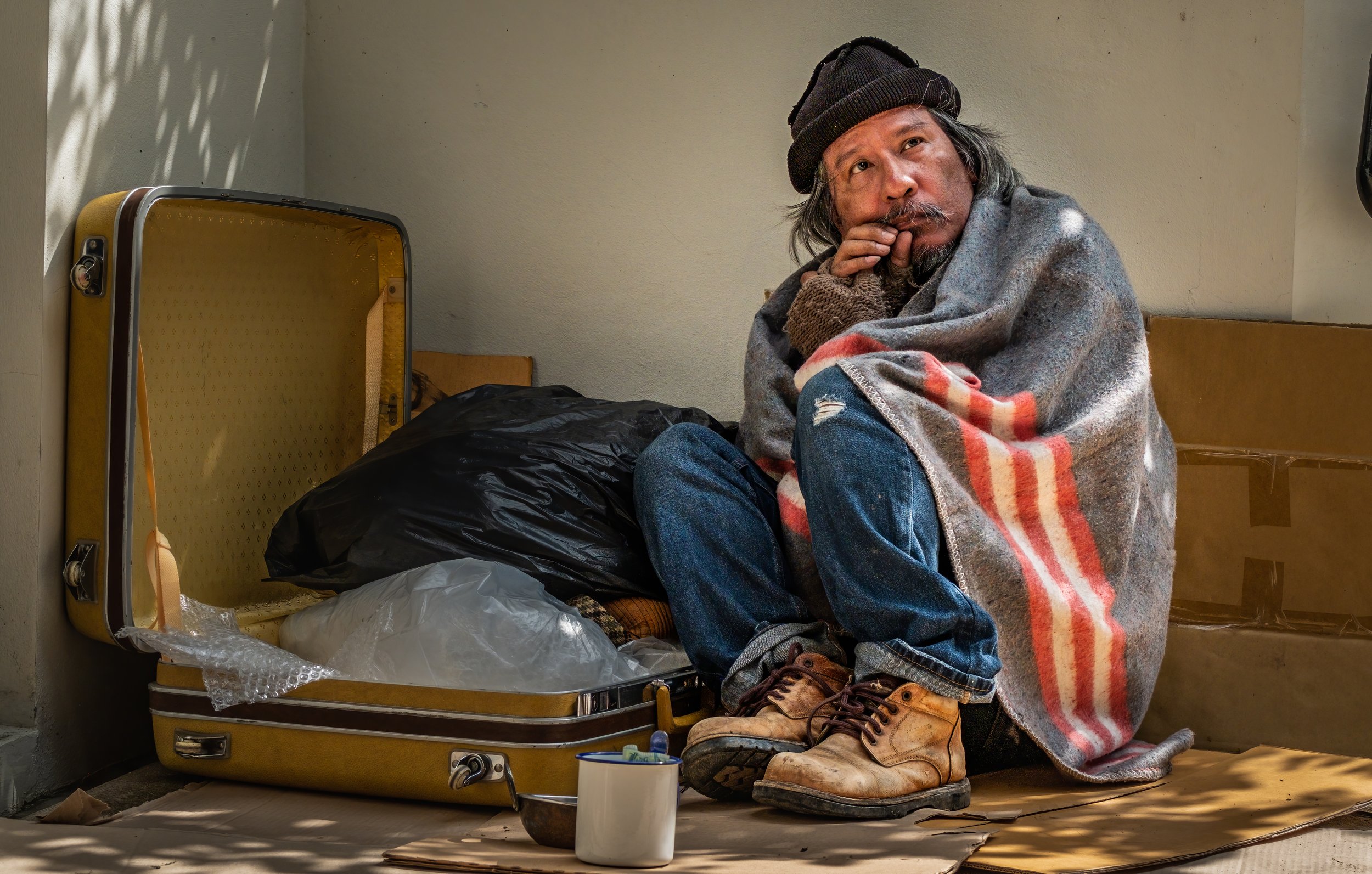Statistics of Homeless Population in the United States
The Rise of Homelessness in the U.S.
As of the most recent data available, the homeless population continues to be a pressing issue in the United States. Homelessness not only affects individuals and families but also poses significant challenges to communities, governments, and service providers across the nation.
Here are some key statistics that shed light on the current state of homelessness in the United States:
1. Total Homeless Population: According to the most recent annual estimate conducted in January 2022, there were an estimated 559,000 people experiencing homelessness in the United States. This figure encompasses individuals staying in shelters, transitional housing, and unsheltered locations such as streets, parks, and vehicles.
2. Chronically Homeless: Approximately 99,000 individuals, or about 18% of the national homeless population, are considered chronically homeless. This term refers to people experiencing long-term or repeated bouts of homelessness, often coupled with serious mental health conditions, substance abuse disorders, or physical disabilities.
3. Unsheltered Homelessness: On any given night, a significant portion of the homeless population remains unsheltered. The most recent data reported that approximately 211,000 individuals were living in unsheltered situations, representing almost 38% of the total homeless population. These individuals lack access to emergency shelters and instead reside in public spaces or makeshift dwellings.
4. Adults vs. Children: Homelessness affects both adults and children. Of the total homeless population, around 70% are individuals aged 25 or older, while minors (under 18 years) make up approximately 7% of the homeless population.
5. Veteran Homelessness: Although efforts have been made to tackle veteran homelessness, it remains a concerning issue. In January 2022, an estimated 37,000 veterans were experiencing homelessness across the country. This number represents a 2% decrease from the previous year, indicating a slight positive trend.
6. Causes of Homelessness: Factors contributing to homelessness are complex and multifaceted. They include a combination of economic hardship, lack of affordable housing, mental health challenges, substance abuse, domestic violence, and systemic issues such as racial disparities and poverty.
7. Regional Disparities: Homelessness is not evenly distributed across the country. Some areas, particularly densely populated urban centers such as Los Angeles, San Francisco, New York City, and Seattle, experience soaring numbers of homeless individuals. These regional differences necessitate targeted approaches and tailored solutions to address the specific challenges faced by each community.
It's important to note that these statistics represent a snapshot of the homeless population in the United States and may not capture the full extent of the issue. Additionally, due to the dynamic nature of homelessness, statistics and figures may vary over time. Nonetheless, these numbers underscore the urgent need for comprehensive strategies and resources to address homelessness and provide support to those in need across the nation.
If you would like to help us support the individuals and families facing homelessness, please consider making a monetary donation or recycling and donating new underwear.

